We’ve all heard about these wonderful gadgets, but how do they work, is it true that anyone can use them and can I make someone worse?
What is a Defibrillator?
A Defibrillator is a device that can monitor the rhythm of a patient’s heart and, if it detects a shockable rhythm (that means that the patient is having a Cardiac Arrest), will allow the Operator to deliver an electric shock across the heart in an attempt to reset its chaotic electrical activity and start operating in a synchronised way again.
That’s it, in a nutshell. Clearly there is more to it than that, which we will go into now, but in short, that is all it does.
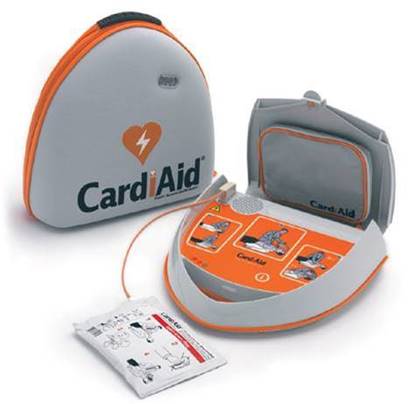
A defibrillator consists of a battery to power it and to deliver the electrical shock, two pads on a flying lead from the device, one or two buttons (we will explain that later) and some sound and light indicators on the unit.
It usually comes in a carry case and there will also be a Goody Bag of tools to help you.
How does the heart work? (short version)
The heart has its own electrical pacemaker, beating at its own rhythm (usually 60-80 beats per minute for an adult). It generates an electrical pulse and the rest of the heart follows in sequence. The electrical pulse causes the heart muscle to contract and this squeezes blood out of the heart to be sent round your body (this is the pulse that you can feel in your wrist or neck).
If you want to know in more detail, read on. If you don’t, click here to skip the next, more technical, bit.
How does the heart work? (the techy version)

The Heart is made up of four chambers, two atria at the top and two ventricles. The atria receive blood from outside the heart. The atria contract, pushing the blood down to the ventricles. At this point the ventricles contract pushing the blood out of the heart, either to the lungs (right ventricle) or around the body (left ventricle).
It is clear that these contractions need to happen in sequence so that the muscles surrounding each chamber cause the chamber to contract and at the correct time (when it is full of blood). The contractions occur because when any muscle receives an electrical impulse it contracts. In our heart, the electrical pulse starts in the Sinoatrial node (aka SA node or sinus node). This is located in the walls of the right atrium (anatomical pictures assume that you are facing the person, so the right atrium is on the top left of the animated picture, above)
The electrical signal travels down the middle of the heart (to the bundle of His, which then splits to form two bundles, the left and right bundles) and then splits to go left and right. The left and right sides of the heart are separate, the atria at the top and the ventricles at the bottom are connected via a one-way valve. The atria contract first, squeezing blood into the corresponding ventricle. The ventricles then contract a split second later, squeezing the blood out of the heart – to the lungs for the right ventricle, to the body for the left ventricle.
Why is a Defibrillator needed?
If the heart muscle does not contract in sequence – and all the bits of the heart are doing their own thing – then the heart cannot squeeze the blood out. The blood does not circulate, carrying oxygen and the body dies as a consequence. If you were to look at a normal beating heart, you could see it beating in a nice rhythm. When in anarchy, some people have likened it to a blancmange wobbling on a plate.
The Defibrillator sends a massive electrical jolt across the heart, stopping all the anarchic parts so that, in theory, the built-in pacemaker (SA node) can take charge again. Sometimes this works, sometimes it doesn’t, but it is the best we have to get a heart beating properly.
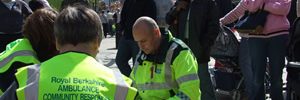
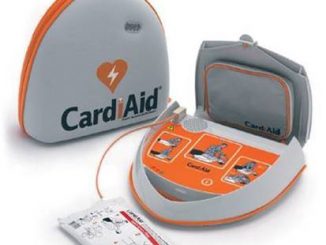
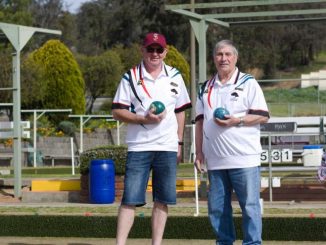
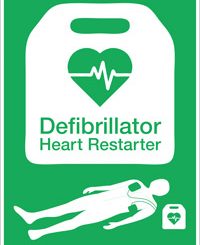
Be the first to comment